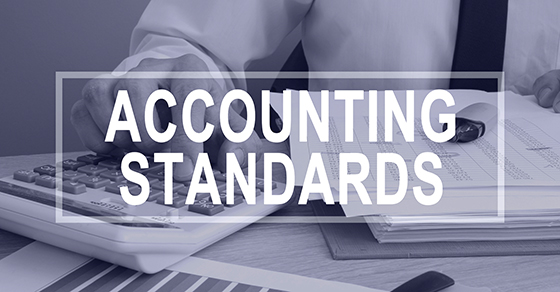
The Securities and Exchange Commission (SEC) requires certain public companies to publish quarterly financial statements to give investors insight into midyear performance. Though interim reporting generally isn’t required for private companies, stakeholders in smaller entities can benefit even more than those of public companies from this type of information. But it’s also important to understand the potential shortcomings.
Upsides
Interim financial statements cover periods of less than a year. They show how a company is doing each month or quarter.
If you think of annual financial statements as report cards for a business, interim reports would be like progress reports that may forewarn of troubles ahead — or reassure you that everything is going well. A lender or investor might request interim financial statements if a company:
- Has implemented a turnaround plan to avert bankruptcy,
- Has previously reported a major impairment loss,
- Is in an industry that is experiencing a downturn, or
- Is seeking new investors or applying for a loan.
These reports may provide peace of mind. Or they might signal impending financial turmoil due to, say, the loss of a major customer, significant uncollectible accounts receivable or pilfered inventory.
Early detection of such problems is critical for smaller businesses. While large public companies can often recover from a bad quarter or year, waiting until year end to discover these issues can be disastrous to a smaller business.
Downsides
Interim reports also have certain drawbacks and limitations. Unlike annual financial statements, interim financial statements are usually unaudited and condensed. So, when reviewing interim reports, revisiting last year’s complete annual financial statements may be helpful. Also check that accounting practices are consistent between the interim and year-end financial statements.
Specifically, interim numbers may omit estimates for bad-debt write-offs, accrued expenses, prepaid items, management bonuses or income taxes. And sometimes tedious bookkeeping procedures, such as physical inventory counts, updating depreciation schedules and composing detailed footnote disclosures, aren’t completed until year end. Instead, interim account balances often reflect last year’s amounts or may be based on historic gross margins.
For seasonal businesses, there are operating peaks and troughs. So you can’t multiply quarterly profits by four to reliably predict year end performance. Instead, you may need to benchmark current year-to-date numbers against last year’s monthly (or quarterly) results.
For more information
If interim statements reveal irregularities, you should consider digging deeper to find out what’s happening. Our accounting and auditing pros can help you address unresolved issues and determine an appropriate course of action.
© 2019










